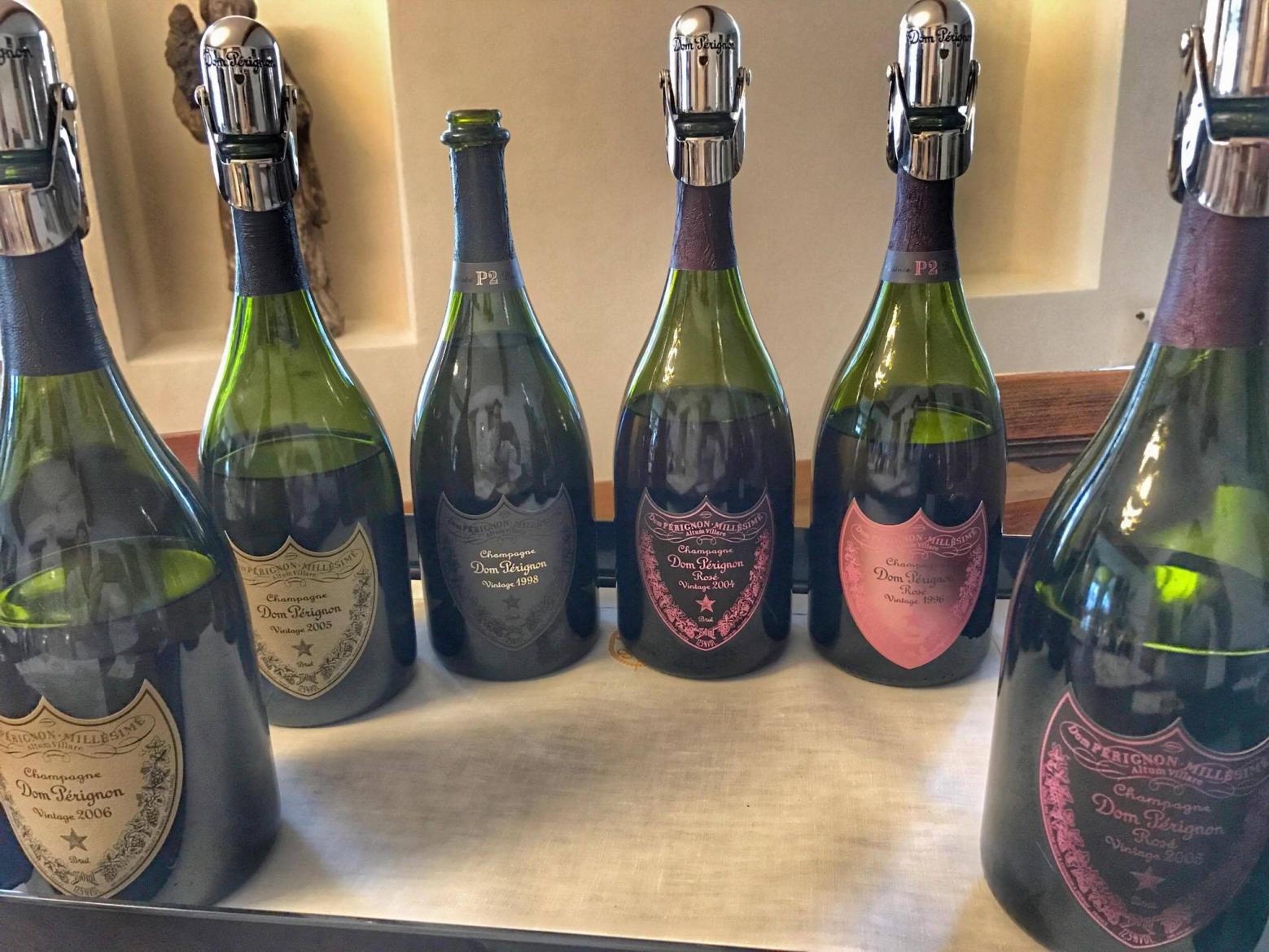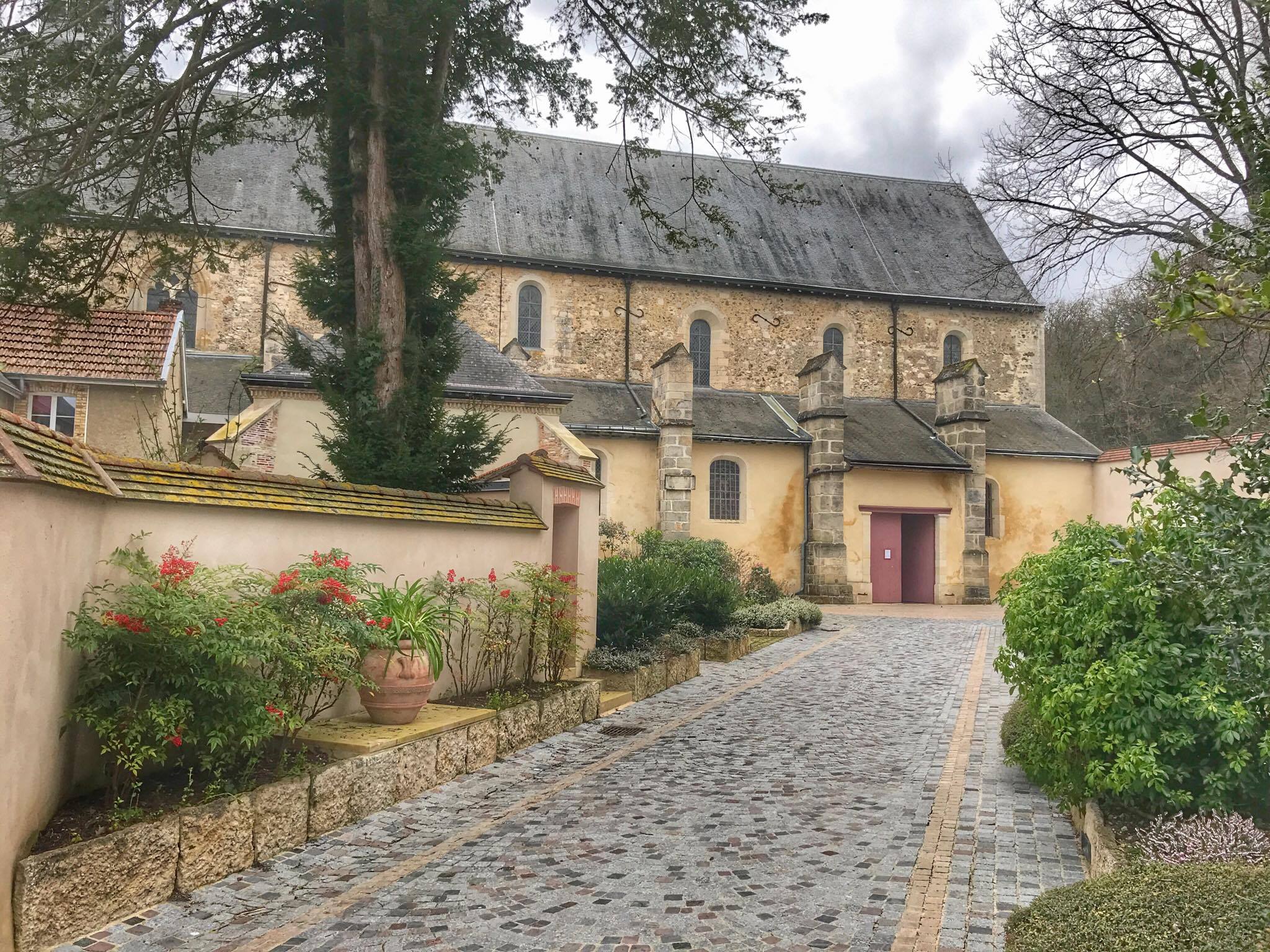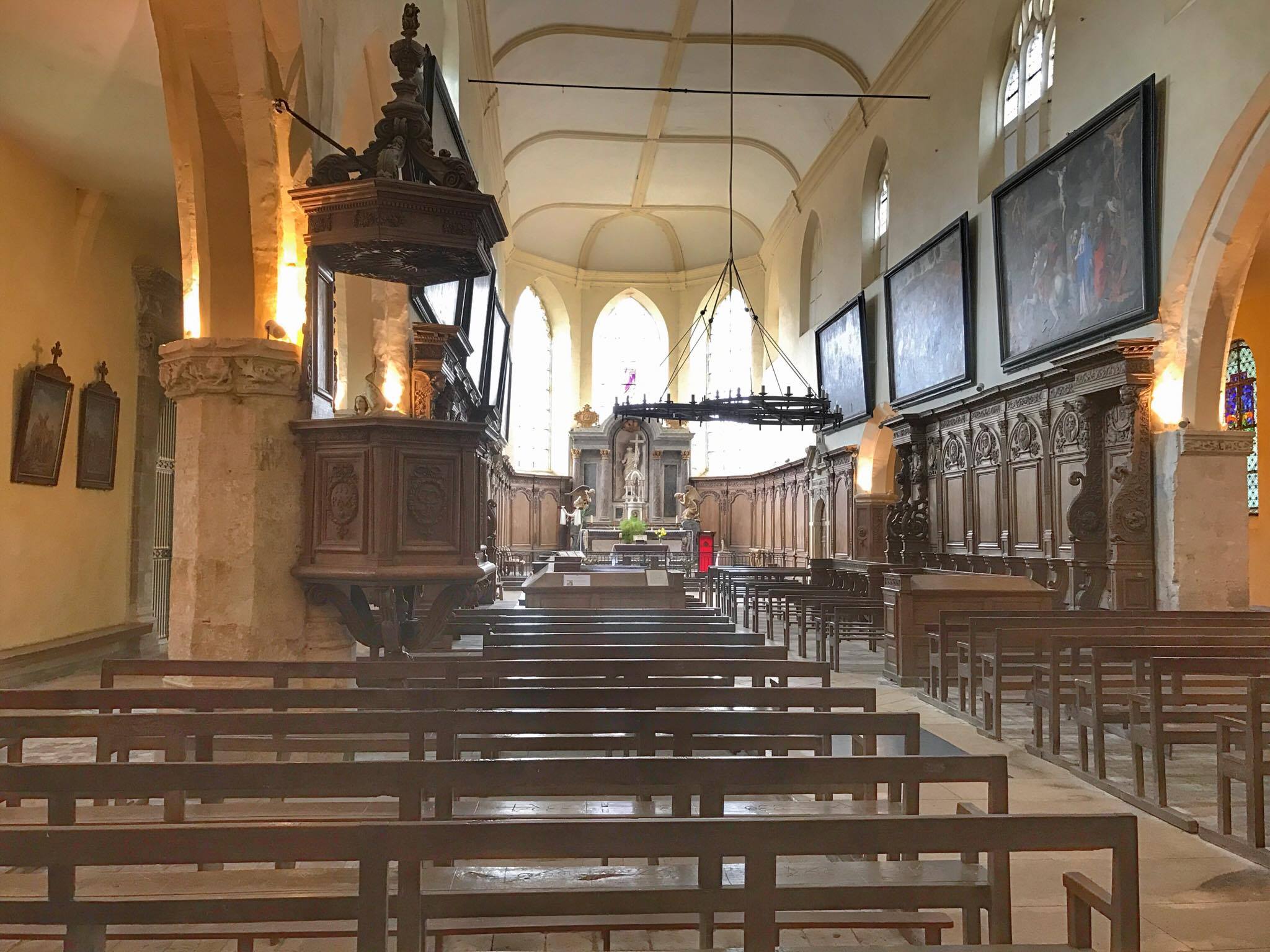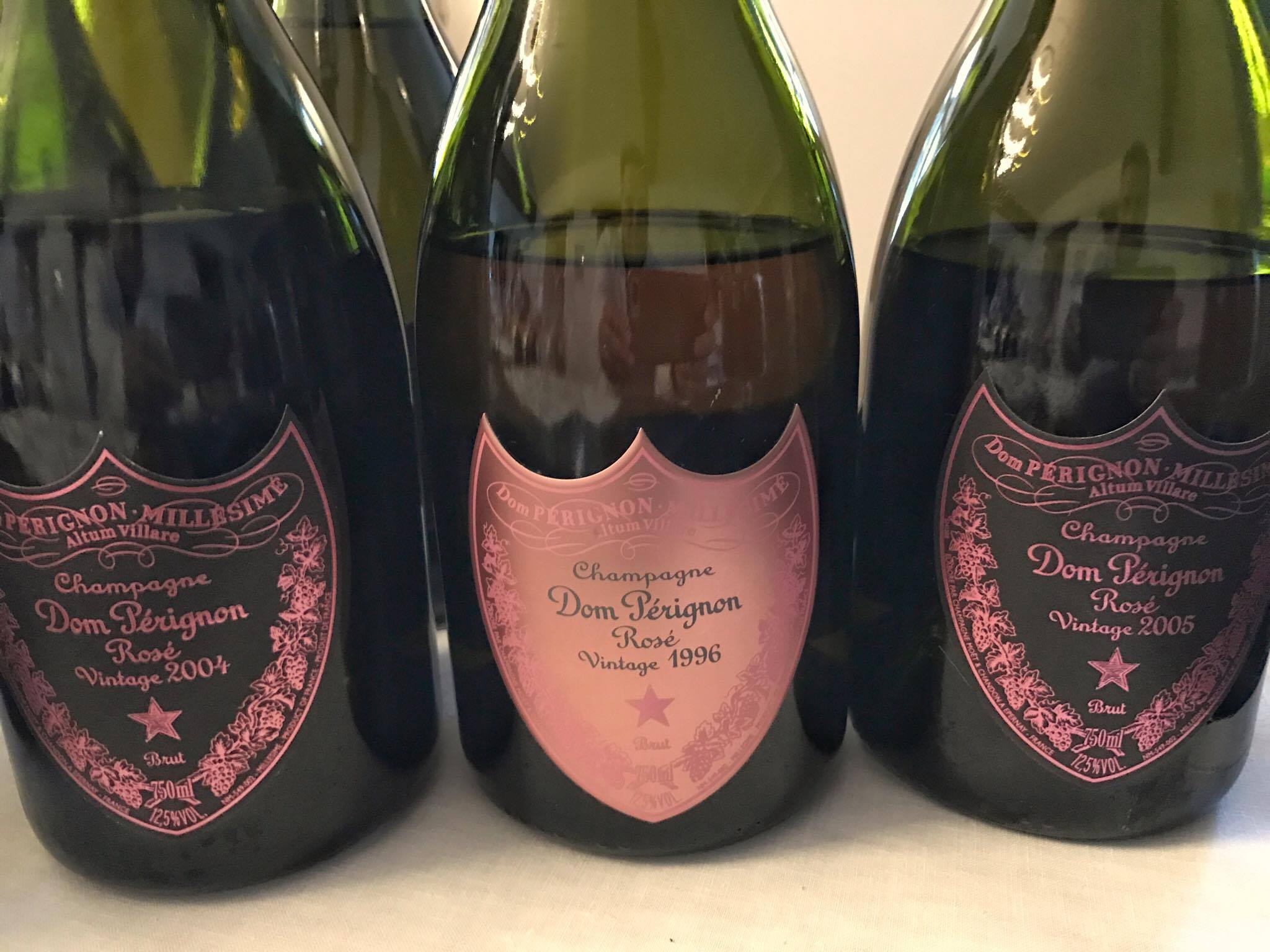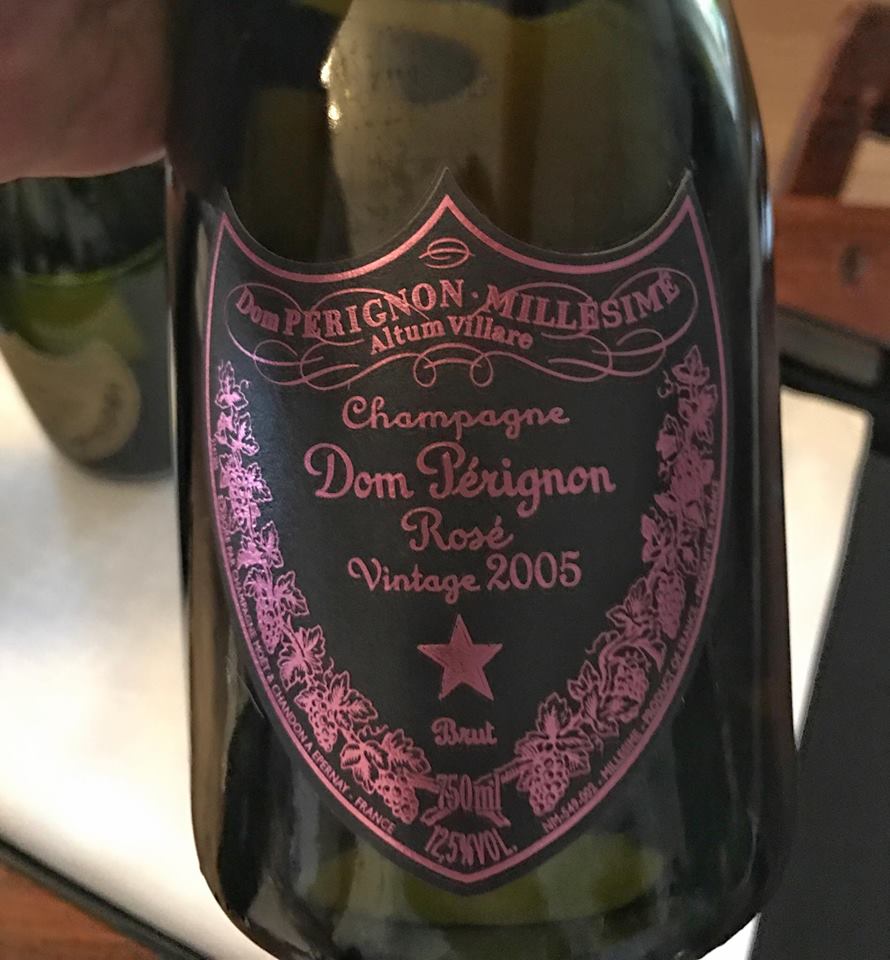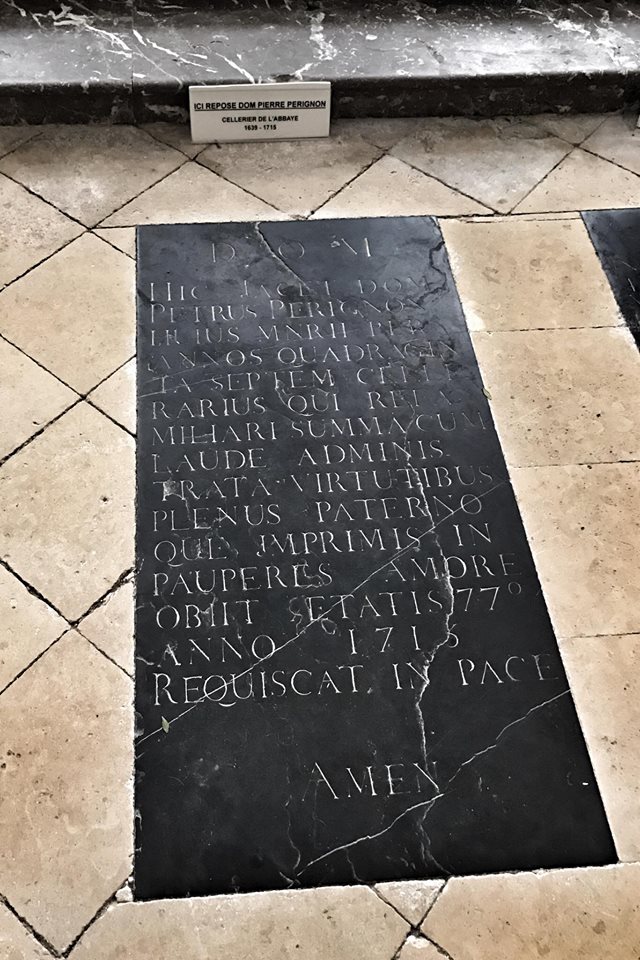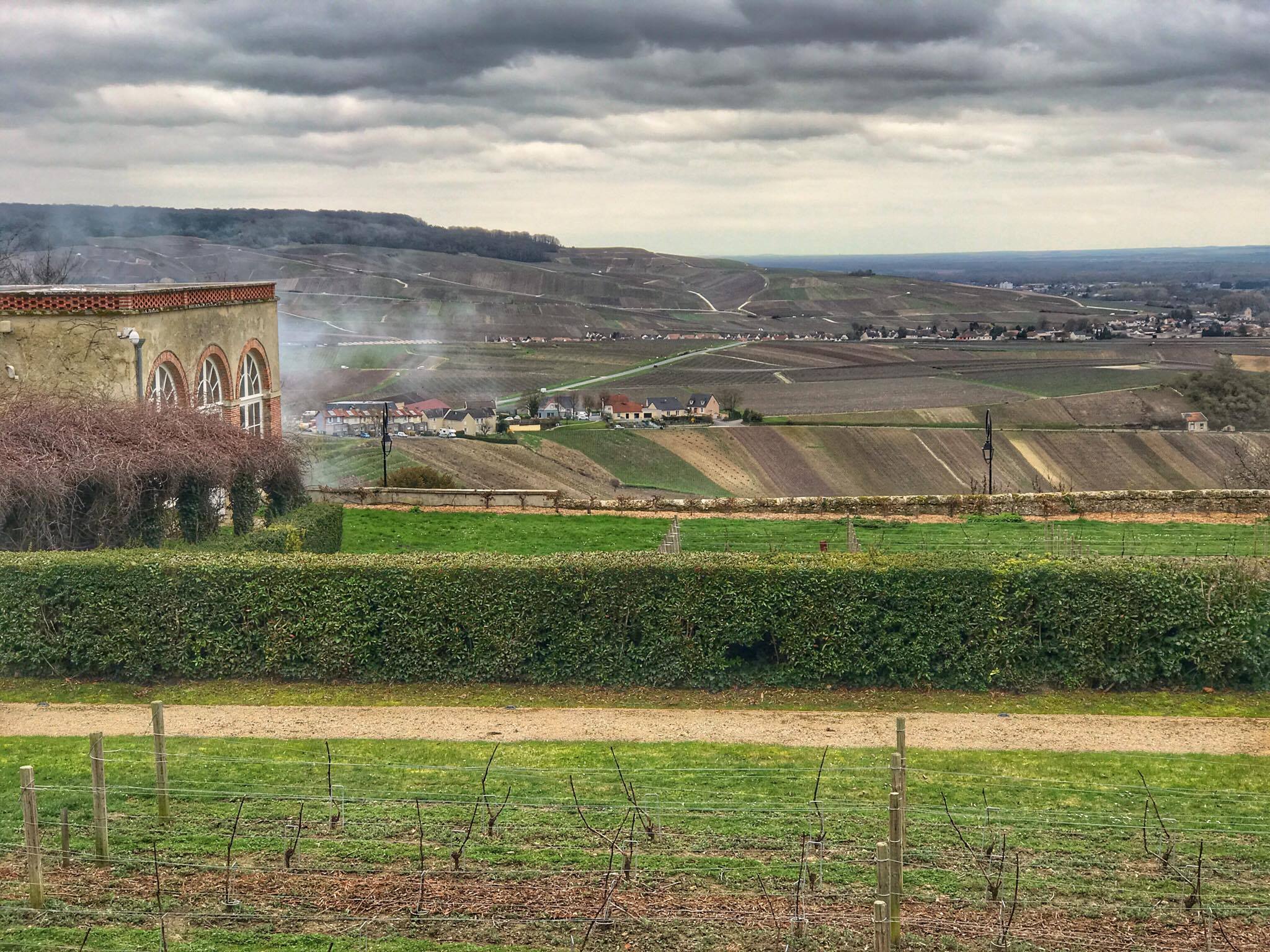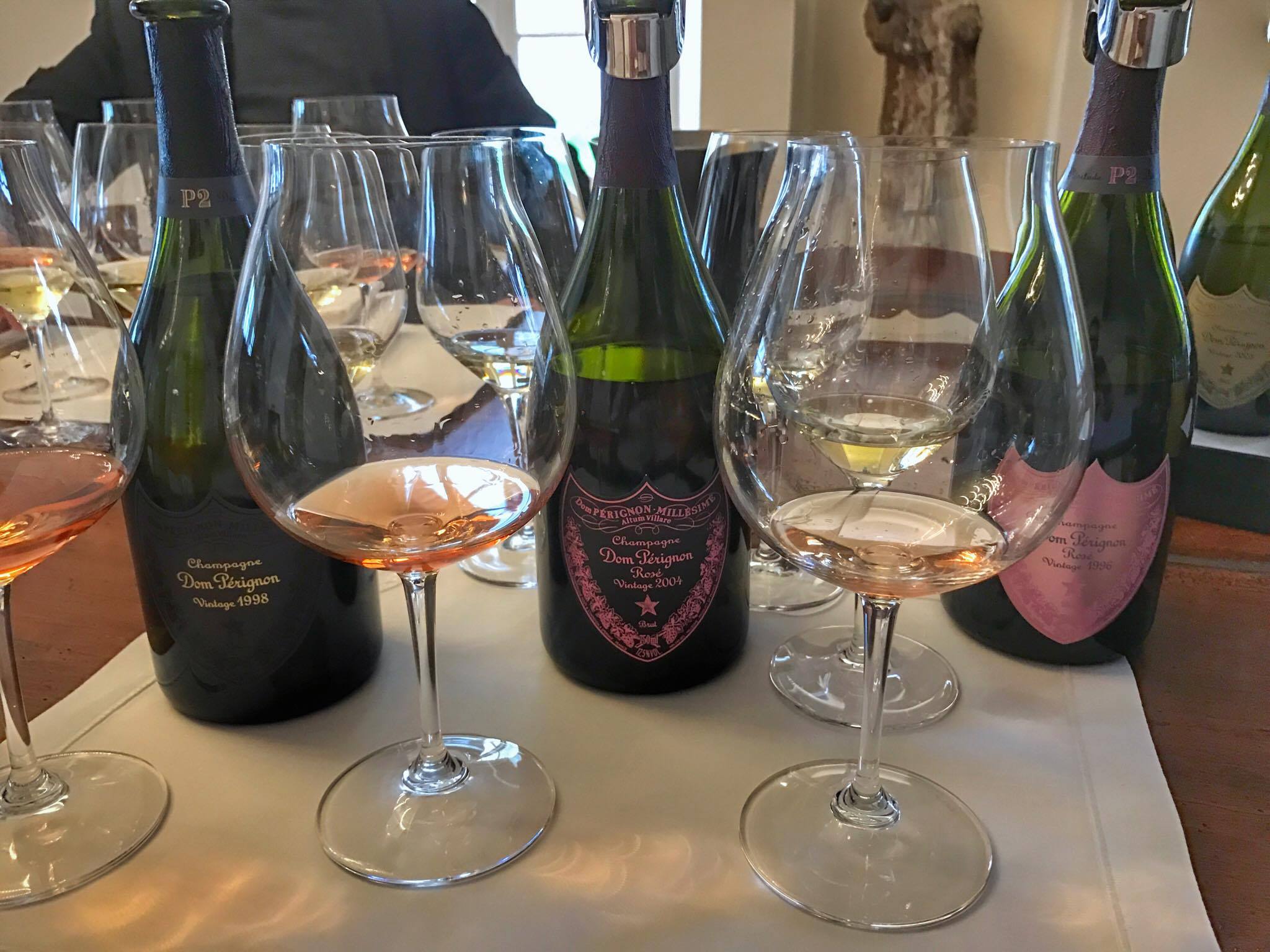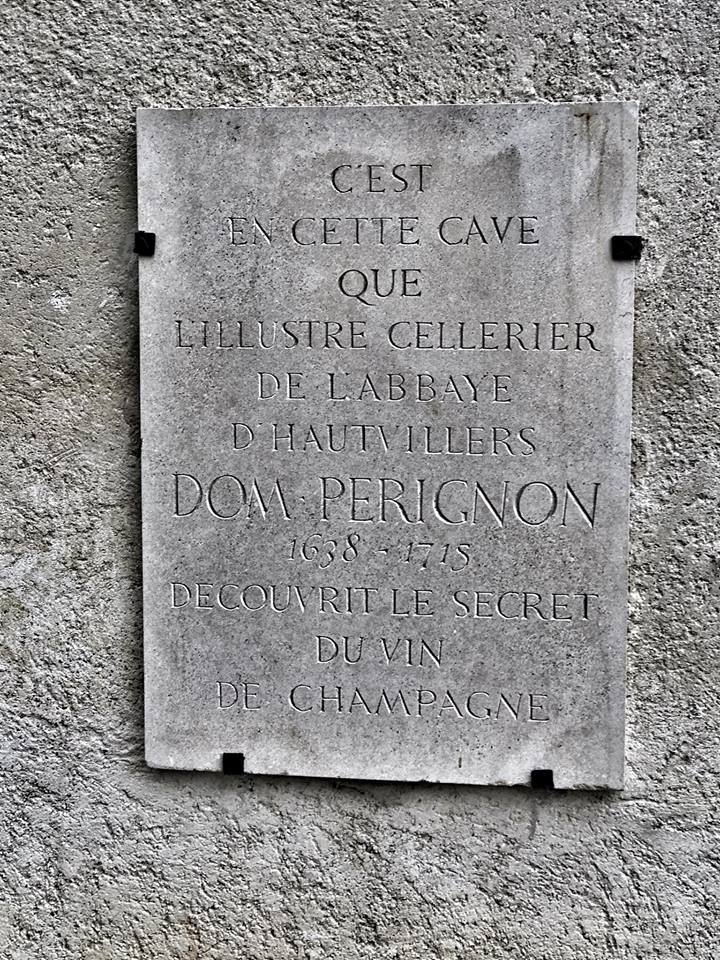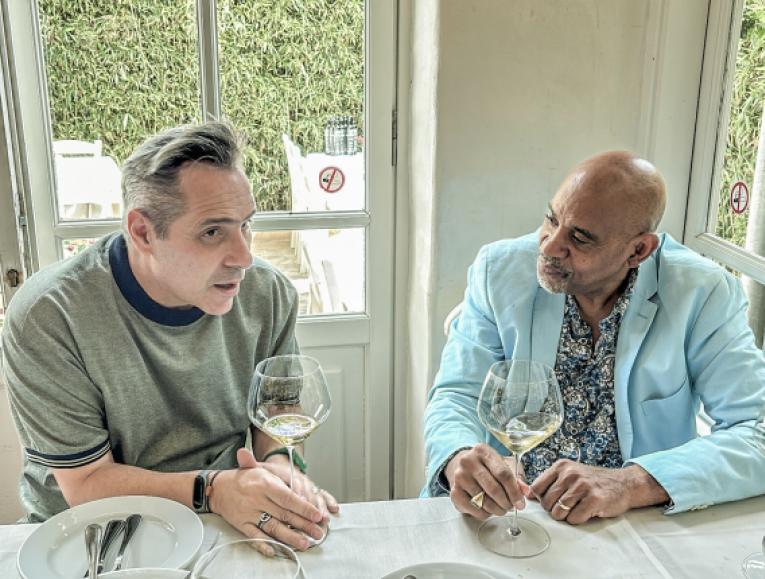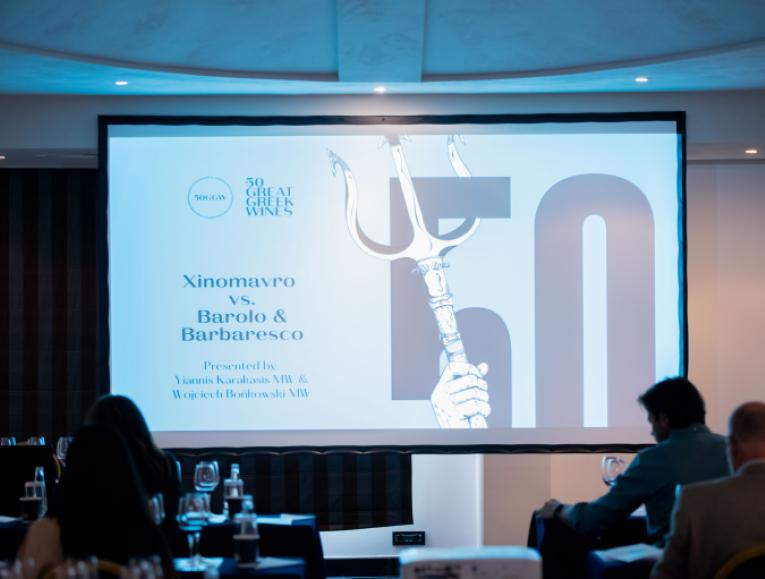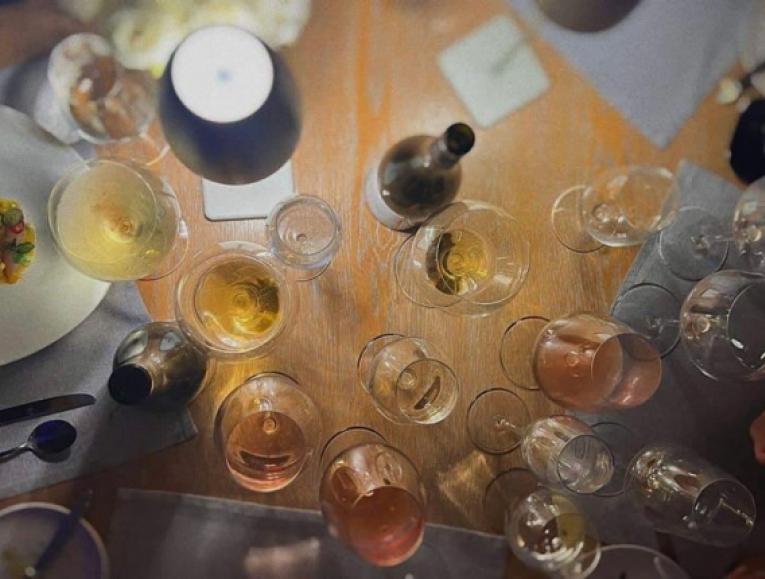A taste of Dom Perignon at the Abbaye d’Hautvillers
“So, what is the total production of Dom Perignon?” This may be a common question. “Not enough'', could be an appropriate answer. In reality, this is the exact answer I received when I posed this question to the winemaker of Dom Perignon Nick Lane. Dom Perignon is the rare case of a brand, whose products represent the epitome of a luxury lifestyle, which, nonetheless, brilliantly manages to uphold its quality and to introduce innovations.
The story has been told many times over. Dom Pérignon (1638 –1715) was a monk and cellar master at the Benedictine Abbey in Hautvillers (pictured below the exterior and interior) which now functions as the unofficial Headquarters of Dom Perignon. In the region of Champagne the wines had a tendency to sparkle gently, because fermentation stopped due to the cold winters, but then restarted in the spring, thus triggering the release of some CO2. Many people think that Dom Perignon discovered Champagne, but what he actually did was improve its winemaking techniques.
He invented the coquard press, pioneered the blending of grapes from various vineyard sites and introduced the production of blanc de noirs wines. He also reestablished corks as effective closures and bottles made of verres anglais which can withstand the pressure of the CO2. So, although he may not have conceived Champagne, he is beyond any doubt the father of this wine.
In today's world, Dom Perignon is a prestige, vintage only cuvée, or tête de cuvée if you prefer, produced by Moet et Chandon, whose total production is 26 mn bottles. One may wonder what the secret of its success is. Winemaker Nick Lane replied that it is simple: ''you have the cream of the crop selected from 1200 hectares of land''. The must ferments at 8 -10ºC in stainless steel vats and undergoes 100% malolactic fermentation. Maturation lasts between 7-9 years on the lees. ''It is all about the time of elaboration'' he explains, as a variety of aromas unfold, due to the additional years the wine is left on its lees. We call the second period P2 and this usually represents about 10 years on the lees; there is also a P3 period, which refers to really mature Champagnes, with possibly more than 30 years on the lees.
The signature of Dom Perignon is the slow evolution along the finesse and precision of the wines. These are never heavy or rich combining grace and power.
The Tasting
Dom Perignon 2006
Generous and expressive, with ripe apple, hazelnuts and a slightly floral note on the nose, with elegance, excellent balance and definition on the palate. Textbook Dom Perignon with 5 g/lt dosage. (irregular, hot and dry vintage). 94/100
Dom Perignon 2005
Very intense, almonds, fresh fruit, stone fruit and sea shells on the nose. Powerful on the palate, ripe, layered, with a long finish. Bigger and more muscular. 93/100 (Very difficult year because of rain in September)
Dom Perignon P2 2000
Golden in color with confected lime, brioche and orange zest. Memorable on the palate with an endless finish. Creamy, yet with tension and energy. Smoky and Peaty. 95+/100
Dom Perignon P2 1998
Peaty and earthy, combined with lemon and hazelnuts on the nose. Very fresh, elegant and detailed. There is so much energy and persistence to the lingering finish. 97/100
Dom Perignon 2005 Rosé
As of the year 2000, all of the Rosés have more than 20% still wine (Pinot Noir), compared to the 15-18% that was previously the norm. The 2004 has 28% while 2005 20%. Fruity and rather tight nose offering strawberries and raspberries in a linear and tight style. Structured and elegant needs more time to develop more complexity. 92+/100
Dom Perignon 2004 Rosé
Mineral yet very expressive and impressive on the nose. Multi-layered with tension, energy and aromas of raspberries and smoky minerality. A superb wine that needs to pair with salty and rich food. 96/100
Dom Perignon 1996 P2 Rosé
Textbook ''pinosity'' on the nose with a lovely array of red apple and sour cherries aromas. Very intense and youthful. Meaty and slightly tannic the 96 P2 has a long life ahead but has started to come along. 95+/100
Read also about Champagne
